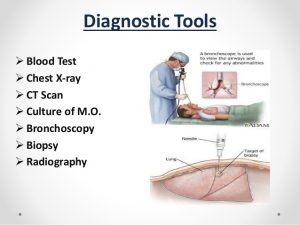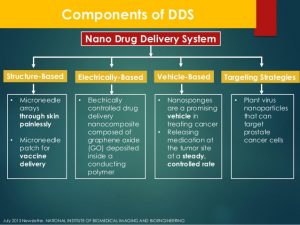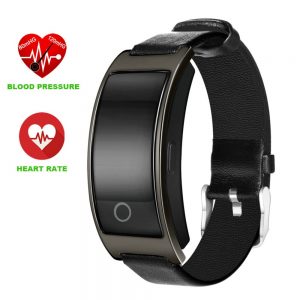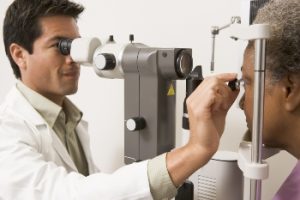Deep Breeze Medical Diagnosis has developed a diagnostic imaging tool for respiratory diseases including asthma, pleural infusion and emphysema.

The Vibration Response Imaging (VRI) system claims to be one of the first technologies to enable real-time visualisation of lungs throughout the breathing cycle.
The system uses sensors placed on a patient’s back to record the breathing patterns. The sensors produce vibration energy in response to turbulence created from airflow travelling through the bronchial tree of the patient’s lung. The vibration response is then analysed with VPI’s software and converted into a dynamic image for the physician to examine the functional and structural properties of the lung in real-time.
The technology comes from Deep Breeze Medical Diagnosis that is based in Israel and its product went on sale in the UK in September.



